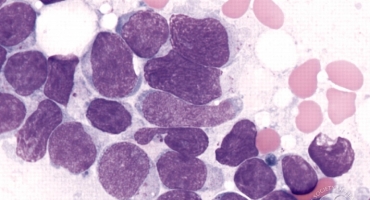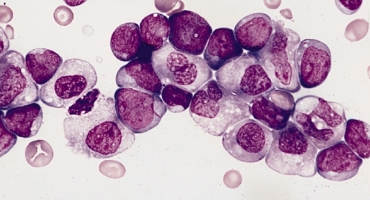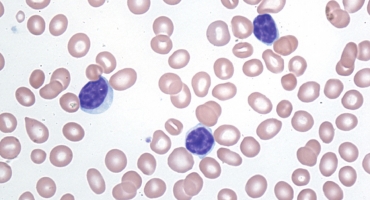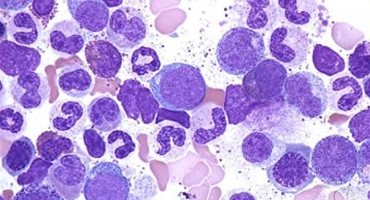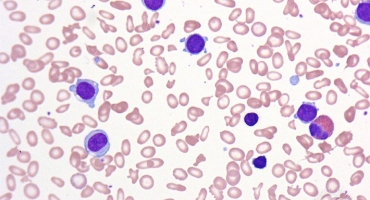Nearly every breakthrough in cancer treatment has emerged from our support of leukemia research, from chemotherapy to groundbreaking CAR T-cell immunotherapy. With more than $65 million committed to leukemia research, we are leading the way to cures.
Leukemia makes up approroximately one third of all new blood cancer cases in the U.S. and Europe. Leukemia is also the most common cancer in general in children and teens, accounting for almost one out of three cancers.
Leukemia is a cancer of the early blood-forming cells and it usually begins in the bone marrow. This blood cancer is divided into several groups based on whether the leukemia is fast growing (acute leukemias) or slower growing (chronic leukemias), and whether it starts in myeloid cells (myeloid or myelogenous leukemias) or lymphoid cells (lymphoblastic or lymphocytic leukemias).

